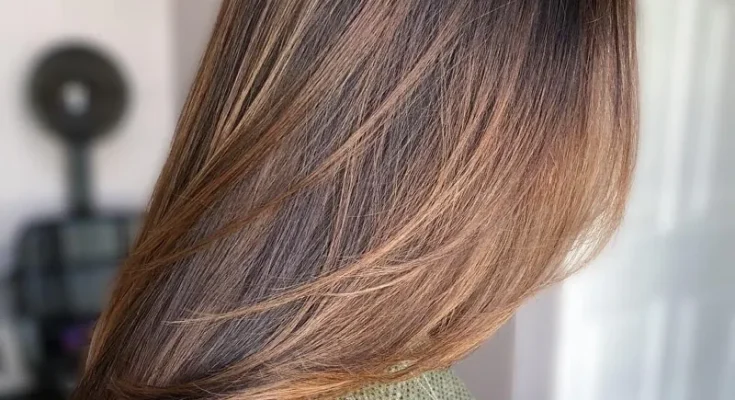Treating hair with several chemical compounds is one of the ancient practices. Traditionally, only one color was applied to the hair, however, a new trend is resulting in the use of various multiple colors to produce gradations and streaks. Highlighting and lowlighting are also modern techniques that make use of several Semi-Permanent. With upcoming trends in Semi-Permanent Hair Color techniques, the preference for type of hair color is also changing. People are shifting from using chemical hair colors to ammonia-free hair colors to minimize the damage caused. Major market players are also investing in the research and development of new products using a wide range of herbal and plant-based compounds to produce hair colors. However, new chemicals causing less damage is also one of the research areas for manufacturers. People are also allergic to the ingredients, hence, testing of hair color or the chemical used is also being focused on by the manufacturers.
For More Insights Into The Market, Request a Sample of this Report – https://www.factmr.com/connectus/sample?flag=S&rep_id=305
Market Taxonomy
-
By Product
- Permanent Hair Color
- Semi-permanent Hair Color
- Demi-permanent Hair Color
- Bleach-highlights
- Temporary Hair Color
-
By Nature
- Natural Hair Color
- Chemical Hair Color
-
By Gender
- Hair Color for Males
- Hair Color for Females
- Unisex Hair Color
-
By Distribution Channel
- Online Sales of Hair Color
- Hair Color Sold at Specialty Stores
- Hair Color Sold at Departmental Stores
- Hair Color Sold at Hypermarkets, Supermarkets, and Convenience Stores
- Hair Color Sold at Salons
- Others
-
By Region
- North America
- Latin America
- Europe
- Japan
- APEJ
- MEA
Competition Landscape
Fact.MR has profiled the following prominent hair color manufacturers in its report:
- Kao Corporation,
- Henkel AG & Co. KGaA,
- L’Oréal S.A,
- Avon Products Inc.,
- Estee Lauder Companies,
- Coty Inc.,
- Combe Incorporated,
- Revlon, Inc.,
- Godrej Consumer Products Limited,
- Shiseido Company Limited
- Uniliver
In order to maintain their market position, increase their global footprint, and neutralise competition in high-potential locations, key market players have been focusing on a blend of organic and inorganic strategies.
- In May, 2020 Coty agreed to sell a majority of its Beauty and Retail Hair Businesses, including the ghd brands, Clairol, Wella and OPI for US$ 4.3 billion to KKR. Under the terms of the agreement, Coty will spin off its Professional Beauty Division as a separate company, with KKR taking a 60% stake and Coty keeping the remaining 40%.
- On February 1, 2021, L’Oréal has completed the acquisition of Takami Co. and added vital products from Takami Co. to its portfolio.



